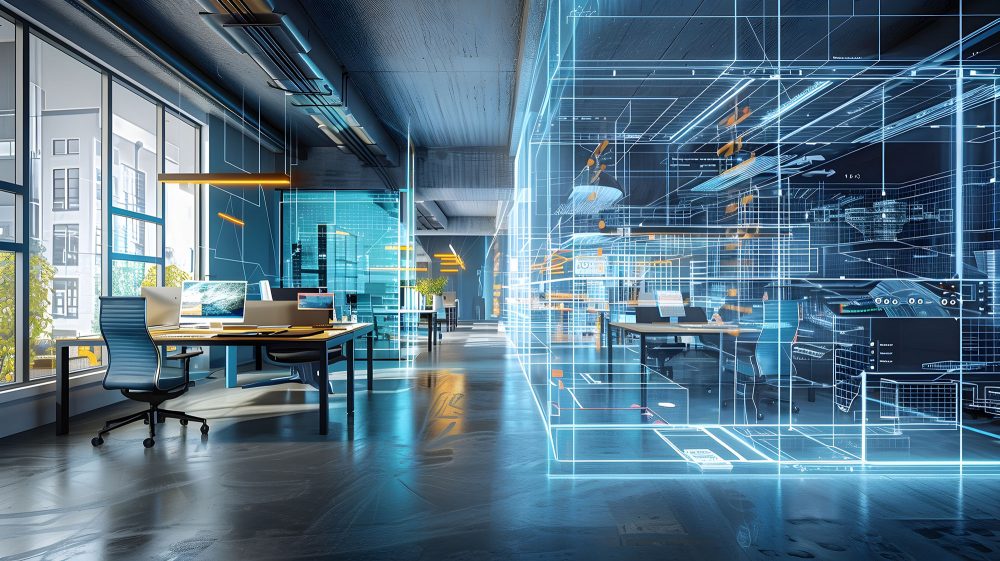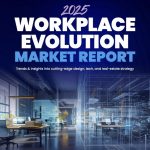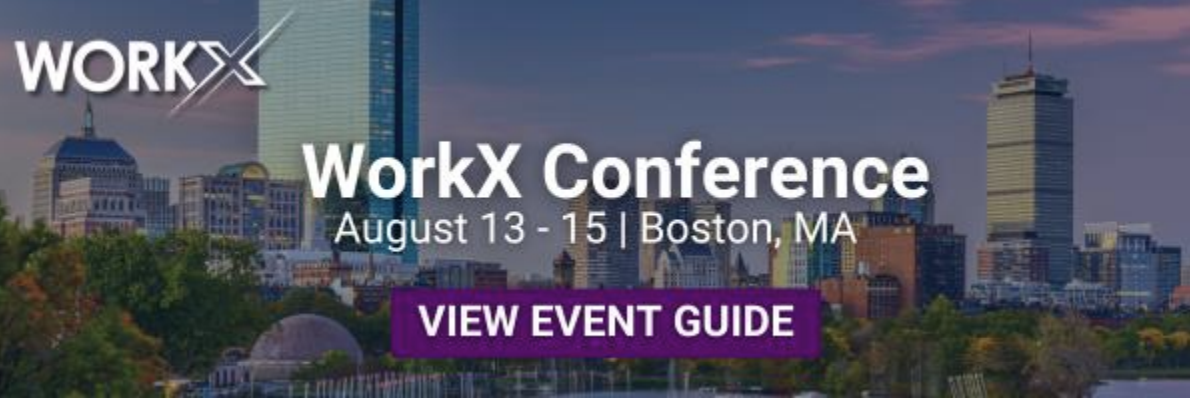The way that we work has changed. While the evolution had started, Covid accelerated the pace and provided and opportunity. AI has now forced us to rethink our tools, how we work and the environments that we work in.
WorkX brings together workplace, facilities, and real estate professionals to discuss how the workplace is changing and what trends are taking shape. I was fortunate to speak at a recent event and found the intimate and interactive nature of the event to be much more conducive to deeper conversations. They recently issued a report based on their latest research and data collected from events and a variety of other resources. Our workplaces are changing rapidly and after reading the report here are five key takeaways that we should all heed from the market report.
The Physical Workplace Still Matters
While most organizations operate in a hybrid model—typically 3–4 days in the office—there is a growing interest in returning to the workplace. As humans, the quality of face-to-face interaction and communication still ranks far above virtual alternatives. Technology has undoubtedly improved collaboration and allowed for greater flexibility and work-life balance, but it cannot fully replace in-person connection.
It’s About the Experience
Let’s face it—no one wants to commute to a dull, dingy office that lacks social interaction and support. There’s now a stronger focus on how people engage with the work environment. Knowledge transfer often happens through informal conversations and shared stories, and the office has evolved into a space that supports these types of interactions. To attract people back, the workplace must offer natural light, fresh air, comfortable furnishings, and support for various work modes. Just as importantly, it must encourage connection between individuals and teams. One of the challenges? Getting people’s heads out of their devices.

Acknowledging the Human
There has been a significant shift toward more human-centric and neurodiverse work environments. Organizations are offering a broader range of spaces to accommodate individual preferences and needs. Many now recognize that innovation stems from diverse ideas and perspectives—and are therefore promoting more inclusive, equitable, and accessible workplaces.
Leadership Needs to Lead
One of the greatest opportunities right now is the chance to try new approaches. But many leaders lack the vision—or are too invested in existing workplace models—to pursue significant change. As a result, some defaulted to traditional office layouts and schedules. In contrast, the organizations that thrived were those willing to experiment—with new spaces, flexible schedules, and progressive policies.

Technology Is Transforming the Workplace
We’re witnessing a rapid convergence of the physical and digital realms. AI has now entered the workplace and is fundamentally altering how we work. There’s no turning back: adopting new technologies is no longer optional—it’s a competitive necessity. The pace of change is accelerating, and the organizations that succeed will be those that learn to implement these tools effectively. In addition to changing how we work, technology is now being used to gather workplace data and insights that were previously unavailable. We have a powerful opportunity to improve both how and where we work—but many organizations feel unprepared for what’s coming.
Download the Full Report Here
One observation that was not adequately discussed, was the changing roles of those responsible for the workplace. The role of Facility Manger has changed dramatically, converging with HR and IT and new roles have emerged, such as Experience Officer and People Officer that focus on hospitality, well-being, and culture as we see a trend towards more human-centric workplaces.
We are living in exciting times. The number of factors shaping our workplace is growing—and they require thoughtful, ongoing attention. The best environments will be those that are willing to test, experiment, and evolve in entirely new ways.
Want More?
As these insights show, the future of work is evolving fast and it’s being shaped by those willing to experiment, adapt, and lead. That’s what WorkX, this August 13–15 in Boston, is all about: a collaborative space to share ideas, explore solutions, and build purpose-driven workplaces.
In addition to networking with some of Work Design’s most popular contributors, you’ll connect with leaders from The Coca-Cola Company, PwC, The New York Times, Samsung, PayPal, Duolingo, and many more—plus explore innovations from partners like OFS, Envoy, Bevi, Sharebite, and Wayfair in our Innovation Hub!
Learn More | Access Event Guide | Book Online*
*Special Offer for Work Design Readers : Enjoy 20% off your pass with code WORKXWDM25.
This article was sponsored by WorkX.




